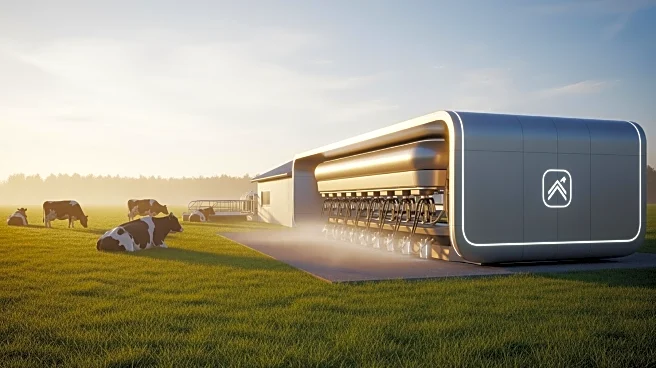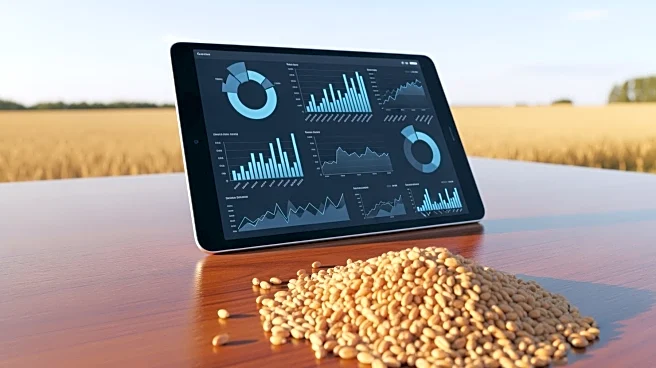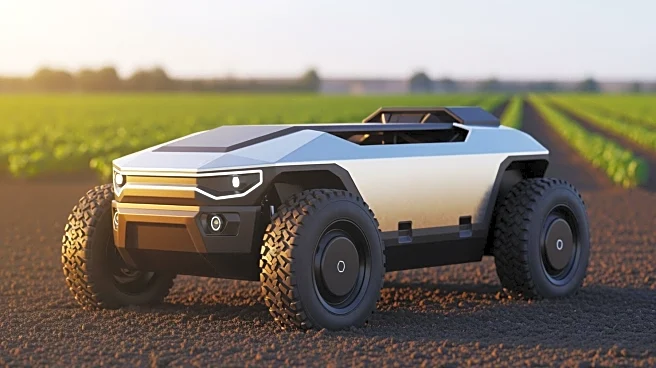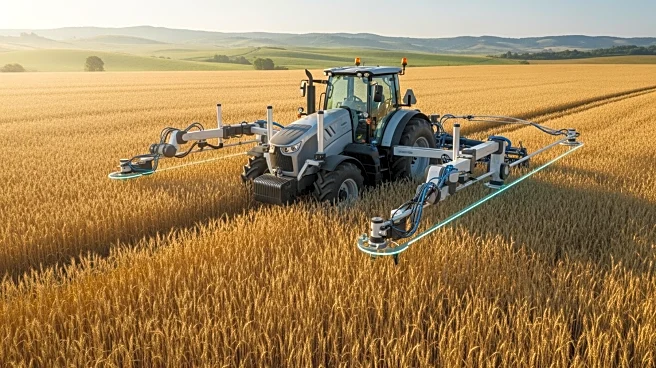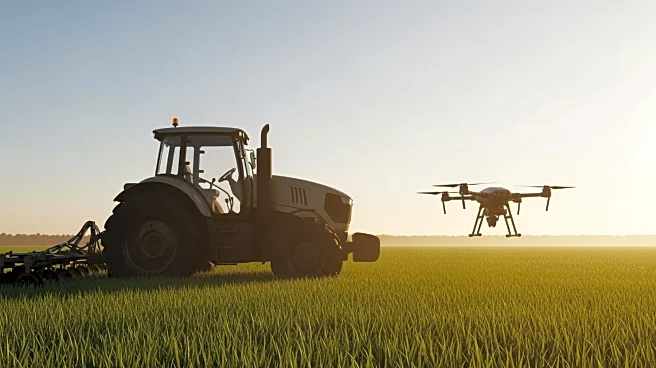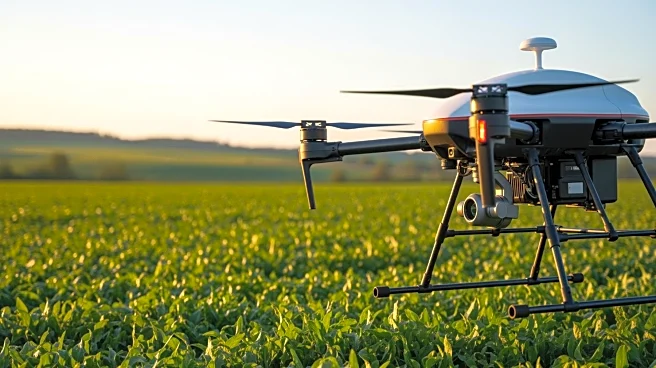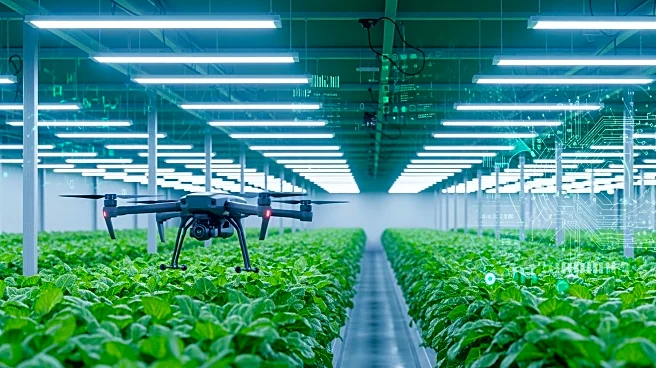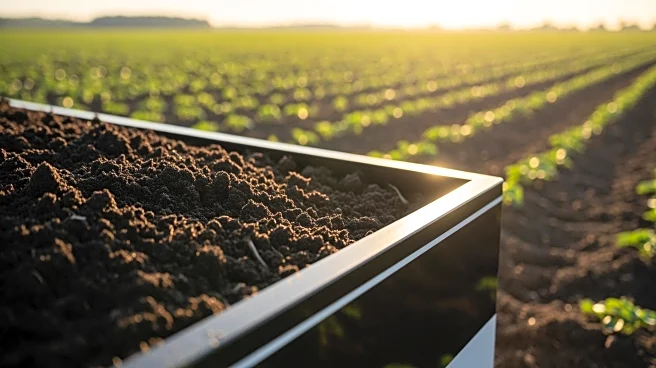What's Happening?
Autonomous machines are increasingly being adopted in agriculture to address labor shortages and enhance efficiency. These technologies eliminate the need for human labor for specific tasks, offering solutions
for farmers struggling to find reliable, affordable labor. Chad Hart, an Extension economist at Iowa State University, highlights the sophistication of modern machinery that can replace labor previously unimaginable. Farmers are encouraged to evaluate the cost-effectiveness of autonomous machines, considering factors such as maintenance costs and operational fit. David Beard, an Indiana farmer, shares his experience using a Solinftec Solix autonomous sprayer, which scans fields and sprays only weeds, saving time and reducing herbicide use.
Why It's Important?
The adoption of autonomous machines in agriculture represents a significant shift towards technology-driven farming, potentially transforming the industry. By reducing labor dependency, these machines can lower operational costs and increase productivity. The precision offered by autonomous technology can lead to better crop management and yield, benefiting farmers financially. Additionally, the use of autonomous machines aligns with sustainable farming practices, reducing chemical usage and environmental impact. As more farmers integrate these technologies, the agricultural sector may experience increased innovation and competitiveness, driving further advancements in smart farming solutions.
What's Next?
Farmers considering autonomous technology are advised to conduct thorough research and evaluate the cost-benefit ratio. As the technology becomes more accessible, stakeholders such as agricultural equipment manufacturers and technology developers may invest in similar innovations, potentially accelerating the adoption of autonomous solutions. The industry may also see the development of smaller, more affordable equipment, leveling the playing field between large and small farms. As autonomous machines become more prevalent, there may be a need for new regulations and standards to ensure safe and effective operation.
Beyond the Headlines
The shift towards autonomous farming technology raises ethical considerations related to labor displacement and the environmental impact of increased automation. As farms transition to these technologies, cultural perceptions of farming may change, emphasizing high-tech solutions over traditional methods. Additionally, the potential for smaller, more affordable equipment could democratize access to advanced farming technology, allowing smaller farms to compete more effectively with larger operations.


